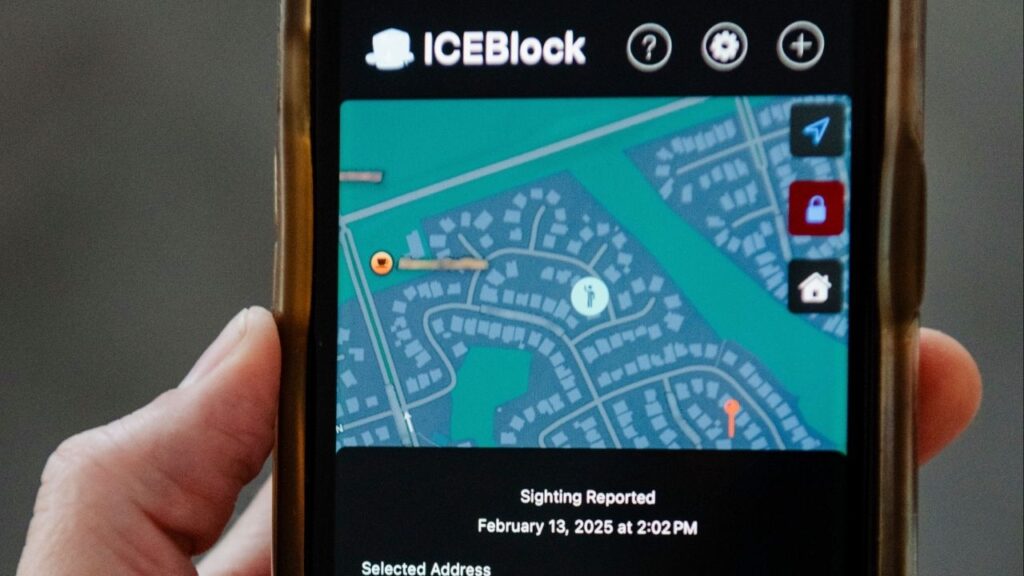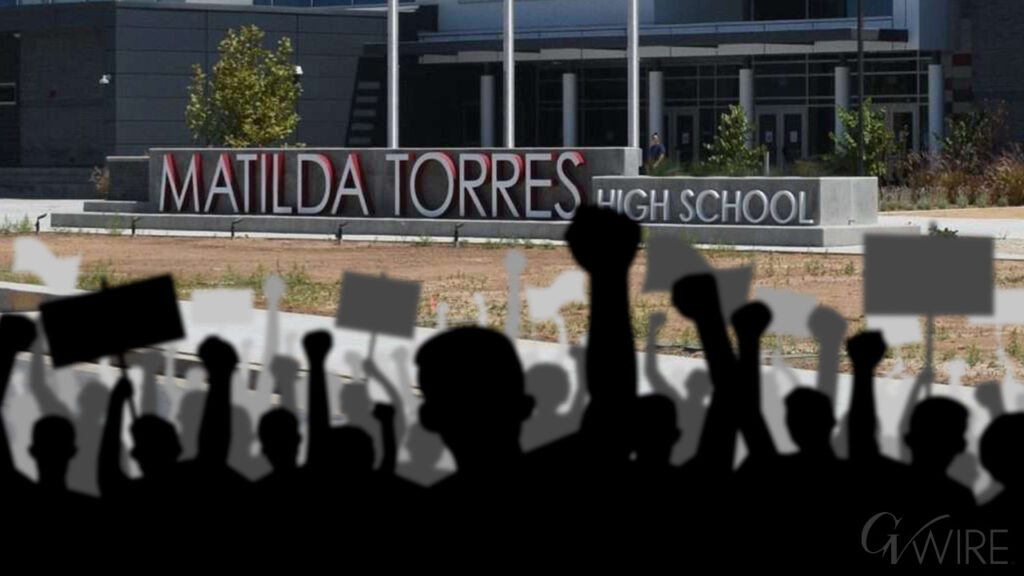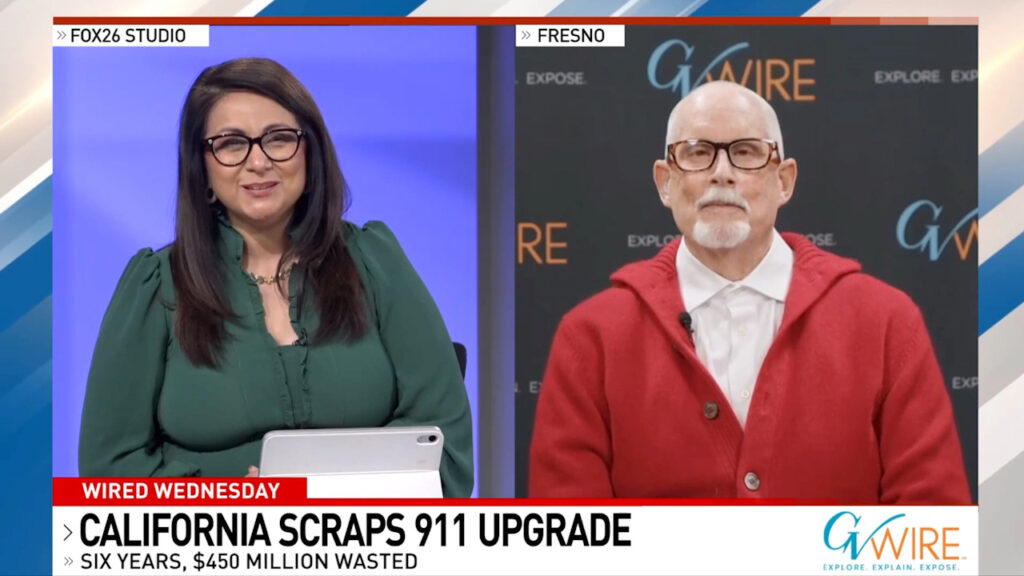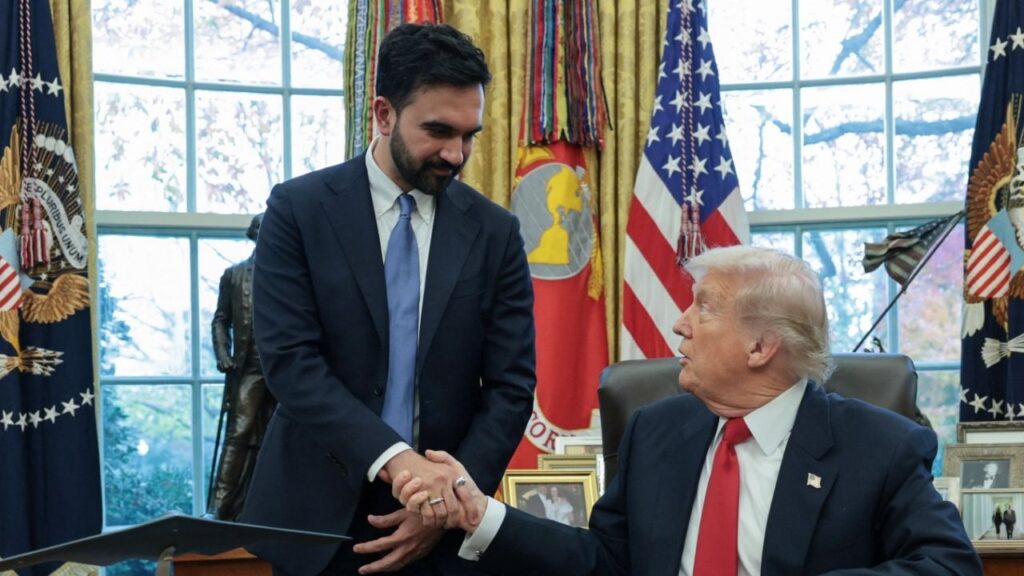Share
Luis Chavez has seen enough of the 4-year-old Fresno General Plan to conclude that it’s not working nearly well enough.
He sees residential housing exploding in Clovis, Madera, and other surrounding cities, and calculates the extra miles traveled daily by people who work in Fresno — and the vehicle emissions added to the Valley’s notoriously unhealthy air.

Opinion
Bill McEwen
Often a quiet voice and a bridge to compromise on the Fresno City Council, the southeast representative says that he will lead the charge in 2019 to amend the General Plan for the better — and to ensure that growth pays its way instead of straining city coffers.
Planning Is Always Controversial
“This is going to be polarizing,” Chavez says. “It’s going to be controversial for some folks. There are going to be arrows sent my way, but it’s a fight I’m willing to go through.
“We’re seeing the growth that should have happened in Fresno go elsewhere. It’s an opportunity lost. We have to stop the bleeding, so to speak.”
Chavez envisions the $70 million coming to southwest and downtown Fresno in California Transformative Climate Communities funding as another reason to revisit the General Plan.
“South Fresno residents want more shopping options and more amenities. Attracting higher-income residents to south Fresno zip codes is the best way to attract amenities and make it so residents don’t have to drive 15 miles to shop or drop their kids off at school.”
‘Historic’ General Plan Passed Four Years Ago Today
The General Plan, which guides how Fresno grows through 2035, was passed four years ago today on a 5-2 vote, with Councilmembers Steve Brandau and Clint Olivier in opposition.
The night of its passage — deemed “a historic moment” by then-Mayor Ashley Swearengin — the plan was praised for its progressive elements: a renewed focus on infill, promoting high-density, multi-use housing, rebuilding blighted neighborhoods, and preserving farmland on the city’s exterior boundaries.
Thus Swearengin, in her last major act before leaving office, added another weapon in the city’s arsenal to force developers to focus on the urban core.
The results of those efforts have been mixed at best, however.
And many councilmembers, along with Mayor Lee Brand, now realize that the FID agreement, as written, was a mistake. Clearly, part of the challenge for Chavez and like-minded councilmembers is re-opening the contract with FID, which will be reluctant to alter a deal that greatly benefits its members.
Water, Not Farmland Preservation, Top of Mind for Ag
The California drought — along with the state’s Sustainable Groundwater Management Act and technological advances in agriculture — are reducing the need to preserve farmland.
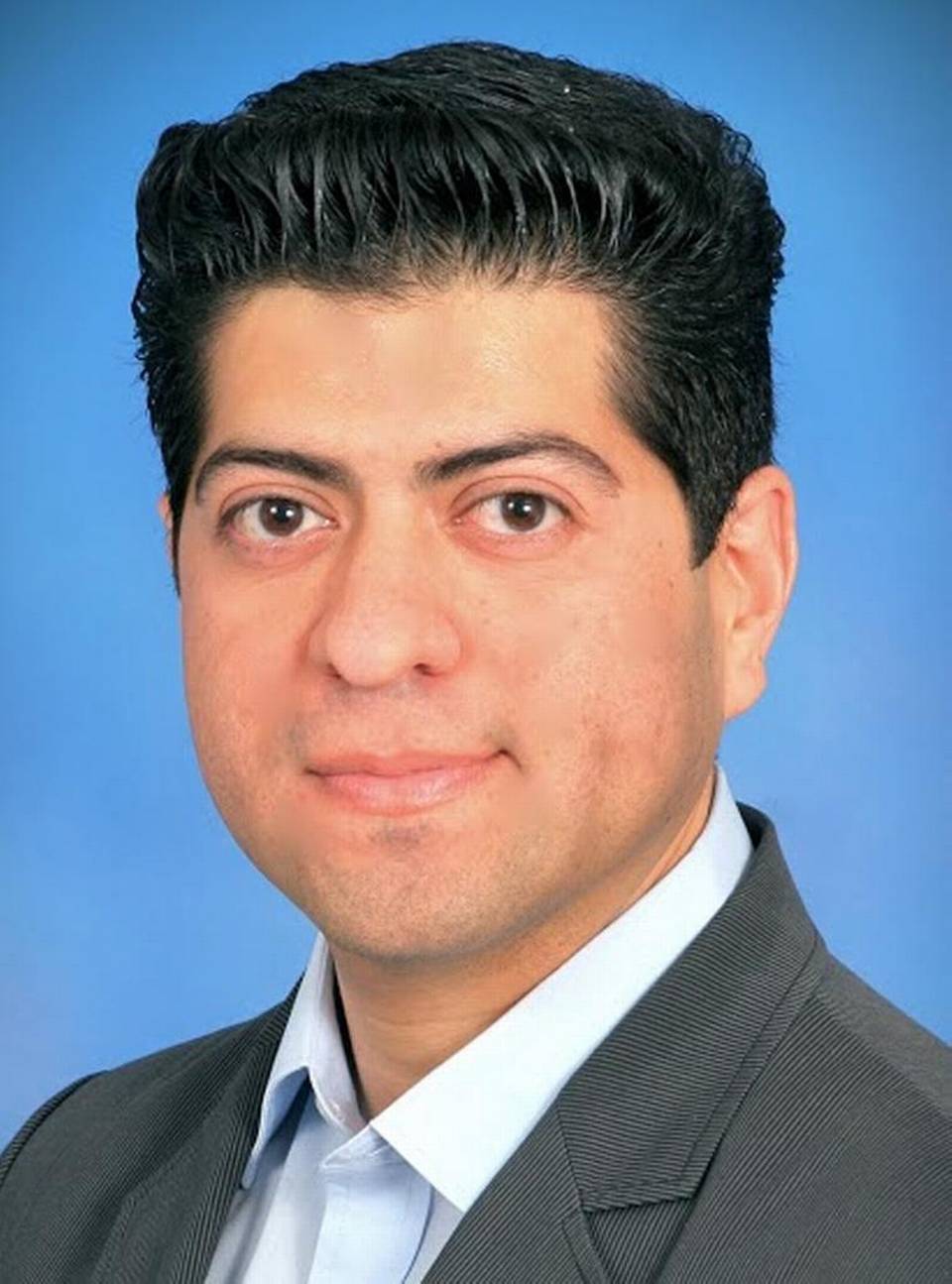
“I’m not talking about leapfrog development. The goal is very well planned communities that have the capacity to pay for themselves with community facilities districts. They’ll cover the maintenance, the streets, the lighting, and the parks built within these developments.” — Luis Chavez
Fresno’s progressive General Plan also is being challenged by the realities of the marketplace. Rather than invest time and capital in Fresno on infill projects for which there is little-to-middling demand, developers are building elsewhere. They sell to folks who don’t mind commuting to Fresno for work, shopping, and entertainment.
For Chavez and other councilmembers to make headway in enticing people to Fresno — or to stay in Fresno — they will need General Plan amendments that allow builders to satisfy the marketplace. As now written, the General Plan is a largely a utopian, top-down driven document that prevents developers from offering many of the housing options people desire.
Newsom’s Goal: 3.5 Million New Units by 2025
Finally, there is the well-documented California housing crisis that Gov.-elect Gavin Newsom says he will tackle in a big way. Newsom wants to see 3.5 million new housing units in California by 2025, and he is talking about taking the shackles off builders so that they can meet the demand for market-rate and affordable housing. To fulfill that goal, builders would have to quadruple their current output.
Says state Sen. Scott Wiener (D-San Francisco): “To build three and a half million homes, which is our housing deficit, you’re never going to do that without zoning reform.”
The reform Wiener proposes would strip cities of much of their power to regulate development and hand it over to the state.
Is that what Fresnans want?
I don’t think so — thus our city better set the stage for building all kinds of housing appealing to buyers and renters. Doing its share to alleviate the state housing crunch and the challenges of high home prices and rents is the best way for Fresno to stay off the state’s radar and control its development future.
Those who want to preserve the status quo should remember what Newsom said in 2017. Any new state redevelopment model, he said, should be designed to “financially reward cities that produce housing and punish those that fail.”
How Does Fresno Make Development Pay Its Way?
In Fresno, the housing challenges are intensified City Hall’s decades-long struggles to fund basic services. That brings us to the second half of Chavez’s mission.

“Hopefully, we’ve learned from our past mistakes. What we need is a balanced approach that is market driven. Whatever we do, we cannot afford to subsidize development.” — Fresno Mayor Lee Brand
“We will have conversations with the development community about ensuring that new projects pay for themselves, short term and long term.”
Brand: General Plan Is a Work in Progress
Brand played a big role as a councilmember in crafting the General Plan passed in 2014. The mayor now describes the plan as a work in progress that could benefit from modifications. He said the goal is to generate a 50-50 split between infill and growth on the perimeter. For the 2017-18 fiscal year, Brand said, 37 percent of development was infill.
The mayor acknowledges that “a de facto moratorium” on development west of Highway 99 caused by not having an adequate fire station there has chilled Fresno’s growth. With funding for a new fire station identified and approved, Brand said, construction should pick up in that area.
Brand also said that there are several major multi-family projects in the pipeline along Blackstone Avenue. Combined with substantial private investment in Manchester Center and the launch of Bus Rapid Transit, the Blackstone corridor will markedly improve over the next five to 10 years and transition from retail to mixed-use, the mayor said. Downtown, too, is ripe with projects in the pipeline, Brand pointed out.
“Hopefully, we’ve learned from our past mistakes,” Brand says about Fresno’s failure to invest in older neighborhoods. “What we need is a balanced approach that is market driven. But whatever we do, we cannot afford to subsidize development.”
Categories

100 Nigerian Students Rescued, More Still With Kidnappers









